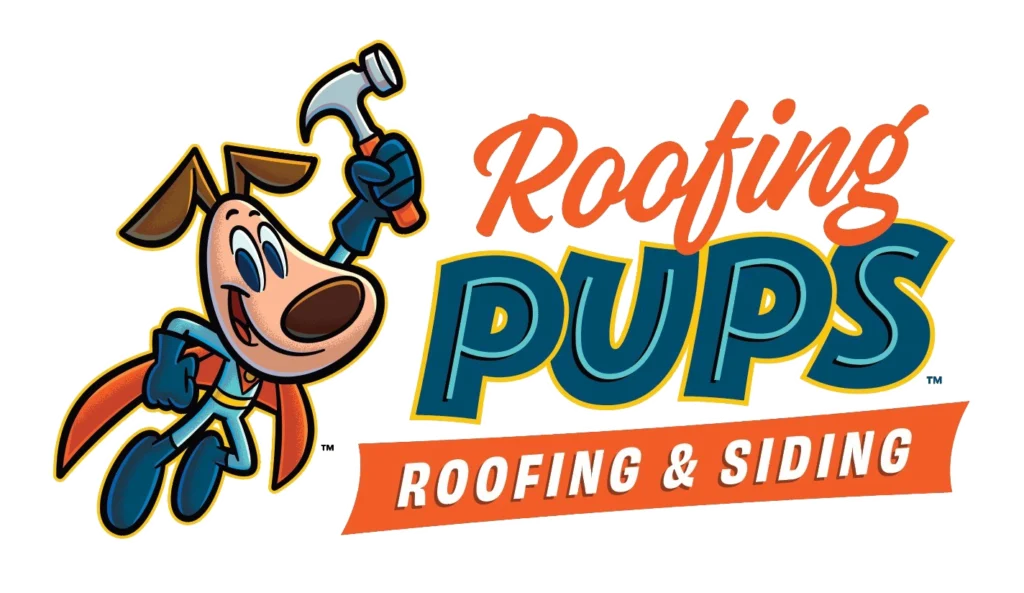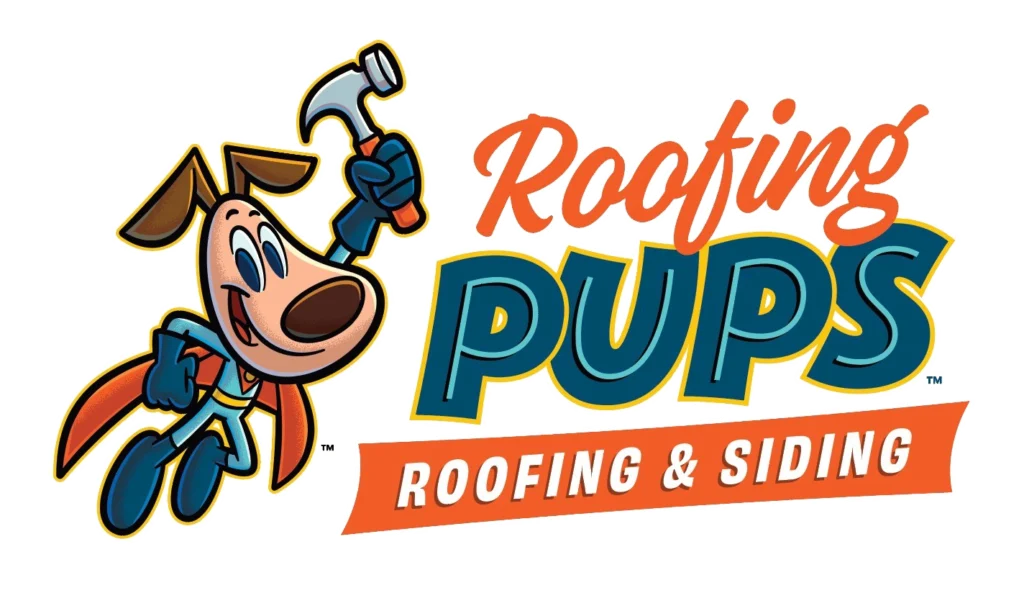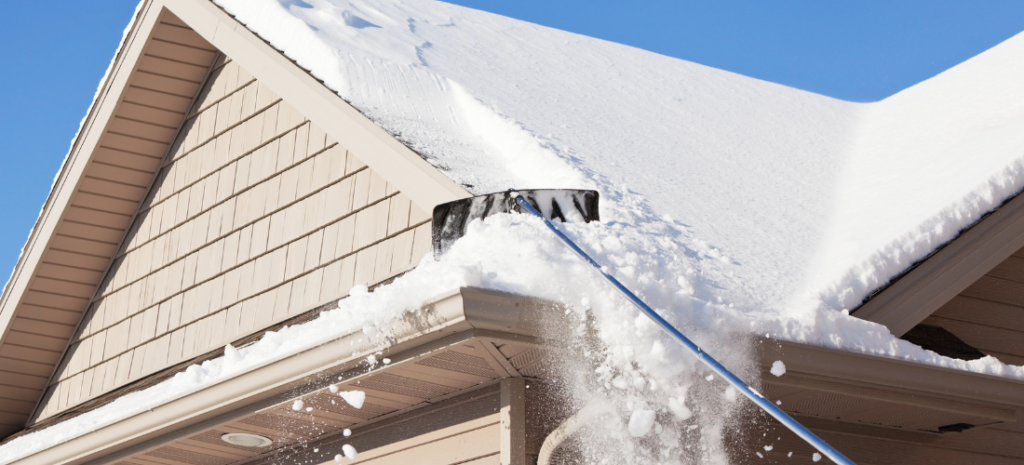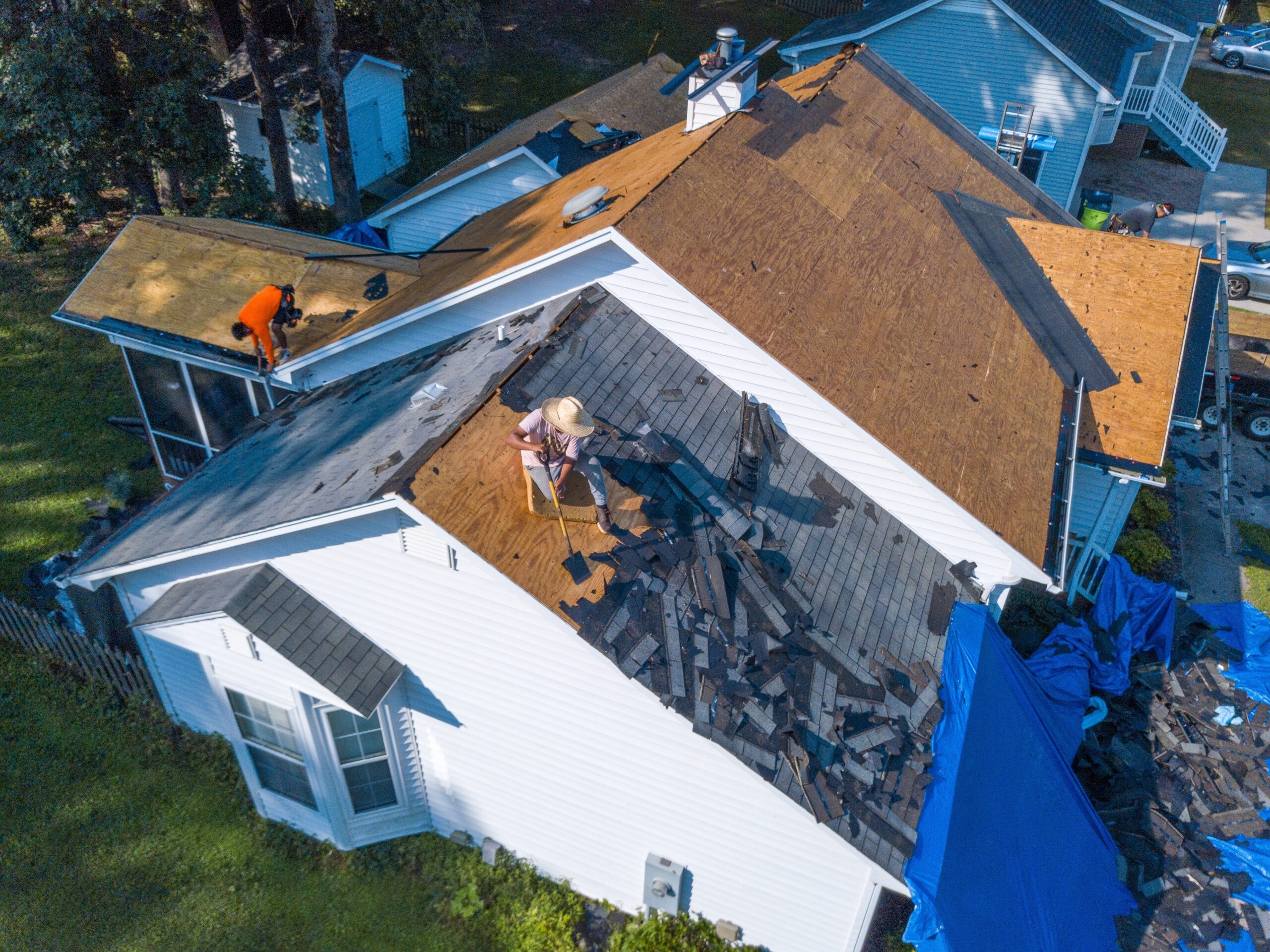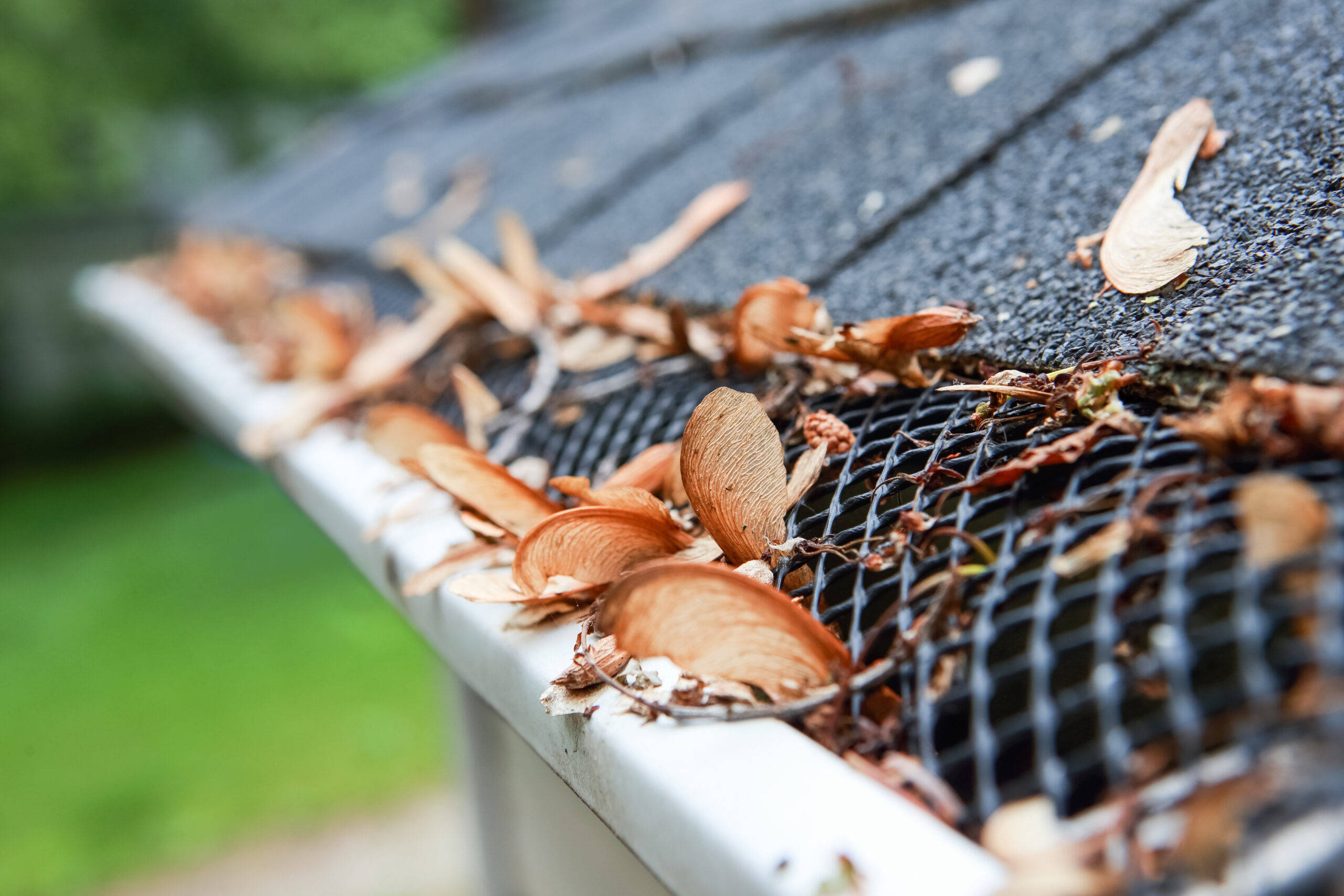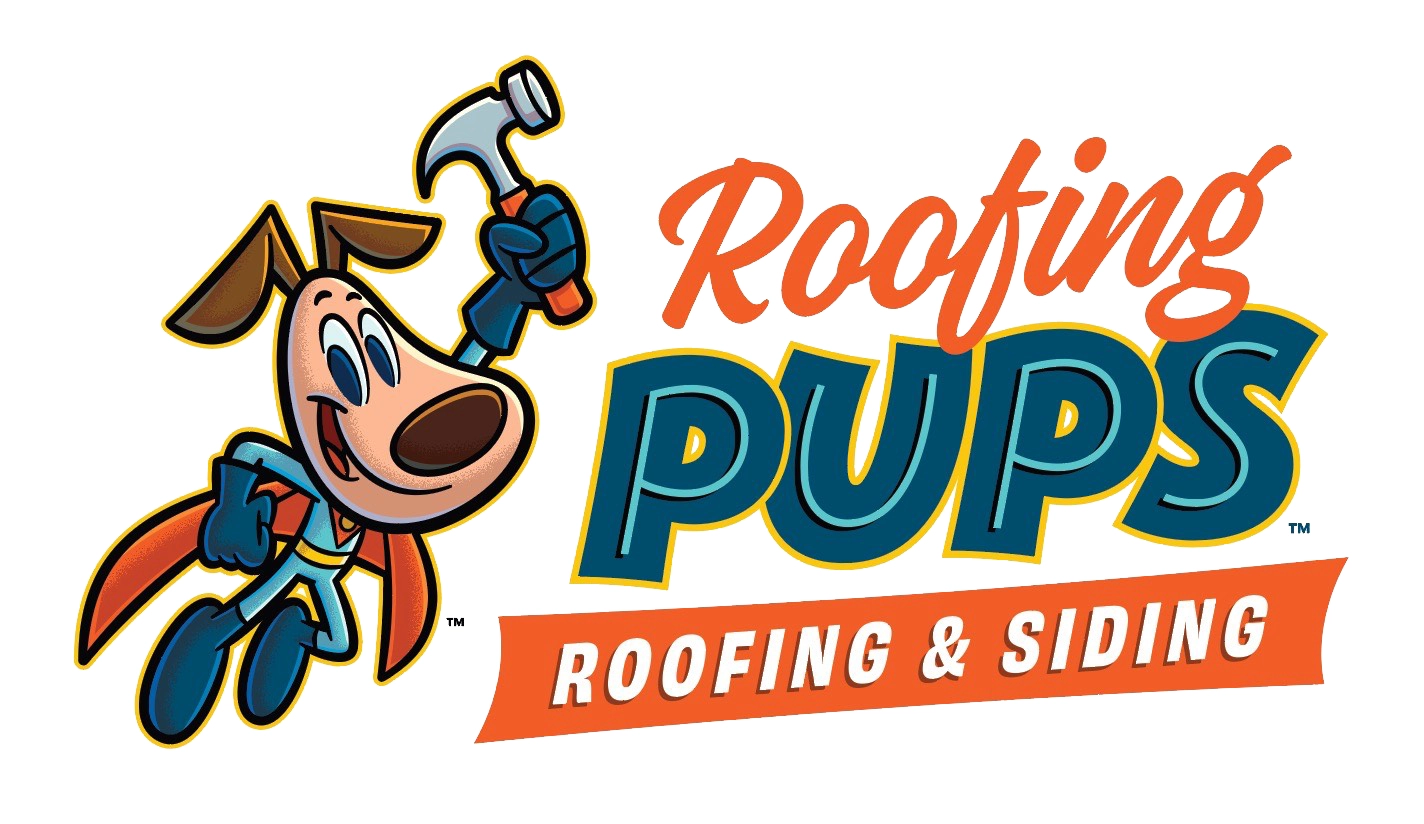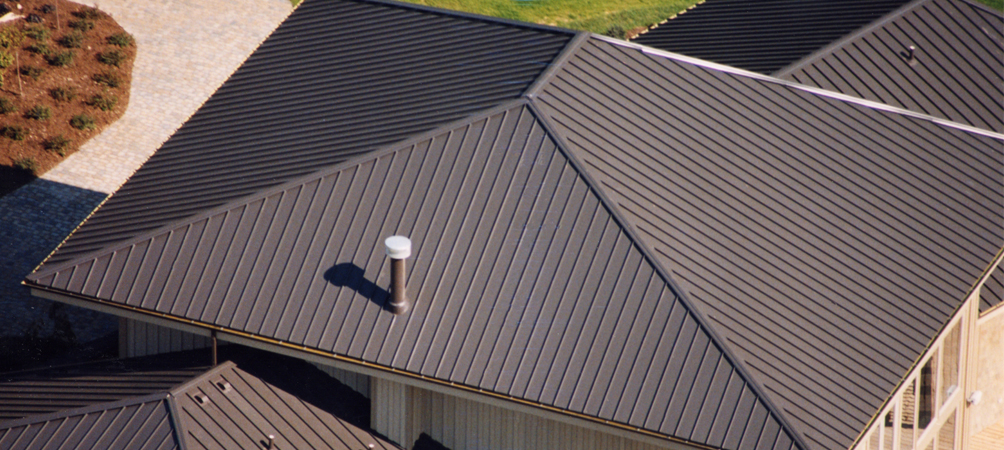
Winter in New York brings beautiful snowy landscapes. But the winter wonderland can also wreak havoc on your roof. The cold weather can pose several challenges, from ice dams and frozen gutters to heavy snow loads.
If not addressed, these conditions can cause significant damage. This guide highlights five common New York winter roofing problems and provides actionable tips for keeping your roof in top condition throughout the season.
Ice Dams
Ice dams form when air from your home escapes into the attic, melting snow on your roof. The melted snow creates a barrier as it runs down and refreezes near the colder edges. This barrier traps water, which can seep under shingles, causing leaks and structural damage.
Ice dams prevention tips:
- Improve attic insulation: Ensure your attic is properly insulated to minimize heat escape.
- Ventilate your roof: Proper ventilation allows cold air to circulate, keeping the roof’s surface temperature consistent.
- Keep the roof clear of snow: Use a roof rake to remove snow after heavy storms.
- Install heat cables: Heat cables can melt ice in problem areas, preventing dam formation.
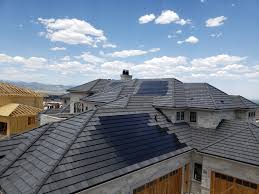
Snow Load Stress
New York winters often bring heavy snowfall, and the excessive snow can strain your roof. This stress may lead to issues such as sagging, structural damage, or even collapse if left unaddressed.
How to prevent snow load stress:
- Monitor snow accumulation: Monitor the snow depth on your roof, especially after severe or back-to-back storms.
- Use snow rakes: Gently remove snow with a roof rake designed to prevent shingle damage.
- Schedule professional inspections: Experts can assess your roof’s load-bearing capacity and recommend if reinforcements are needed.
- Upgrade older roofs: Consider a roof replacement for older roofs that may not withstand heavy snow.
Roof Leaks and Water Damage
Winter roof leaks often stem from issues like ice dams, cracked shingles, and damaged flashing. Left unchecked, leaks can lead to severe water damage inside your home, prompting mold growth and compromising insulation.
To prevent roof leaks:
- Inspect your roof regularly. Before winter sets in, Look for loose shingles, damaged flashing, and other vulnerabilities.
- Seal vulnerable areas: Apply sealant around vents, chimneys, and skylights.
- Maintain gutters: Ensure gutters are clear to prevent water backup that could lead to leaks.
- Address minor issues early: Schedule roof repair services when you notice problems.
Frozen Gutters
When water freezes in your gutters, it blocks proper drainage, leading to ice buildup on your roof. Over time, this can cause gutter damage, roof leaks, and water overflow around your home’s foundation.
Avoid the challenges of frozen gutters by:
- Cleaning gutters before winter: Remove debris like leaves and twigs to ensure proper water flow.
- Installing gutter guards: Gutter guards can reduce debris accumulation and ice formation.
- Ensuring proper drainage: Extend downspouts from your home’s foundation to prevent water damage.
- Using de-icing solutions: Apply de-icing chemicals to melt existing ice and prevent future freezing.
Roofing FAQs
How Often Should I Inspect My Roof During the Winter?
You should inspect your roof at least once a month during the winter and after major snowstorms. This way, you can catch potential issues early.
Can I Remove Snow from My Roof Myself?
While you can use a roof rake to remove light snow, you should always hire professionals to remove heavy snowfall and ice buildup to avoid injury and roof damage.
What's the Best Way to Prevent Ice Dams?
Proper attic insulation, ventilation, and timely snow removal are all easy and effective ways to prevent ice dams.
What Are the Warning Signs of Roof Damage from Snow?
Look for sagging, water stains on ceilings, and unusual sounds, such as creaks or popping. These are all common warning signs that your roof has experienced damage from snow.
How Can I Keep My Gutters from Freezing?
To prevent your gutters from freezing, clean them before winter and use gutter guards. You can also apply a de-icing solution as needed.
Condensation in the Attic
Condensation occurs when warm, moist air from your home meets the cold surface of your attic. Over time, this can lead to mold growth, rotting wood, and insulation damage.
How to prevent condensation:
- Ventilate your attic: Install vents to allow moisture to escape and maintain a balanced temperature.
- Control indoor humidity: Use dehumidifiers and exhaust fans in high-humidity areas like bathrooms and kitchens.
- Seal air leaks: Check for gaps in your attic floor and around recessed lighting fixtures. Seal them to prevent warm air from escaping.
- Inspect insulation: Proper insulation keeps warm air in your living spaces where it belongs.
Conclusion
Winter roof maintenance in NY is essential for protecting your home against costly damage. Addressing issues early can keep your roof safe and functional all season long. Roofing Pups is your trusted source for all things roofing in New York, from repairs and maintenance to storm damage inspections and new installations.
We offer our services in the following areas:
With Roofing Pups, you can stay ahead of the season’s challenges and avoid roof issues in cold weather. Call us today for expert solutions to protect your roof in winter.
